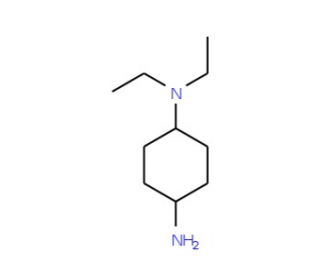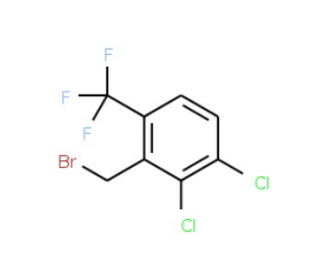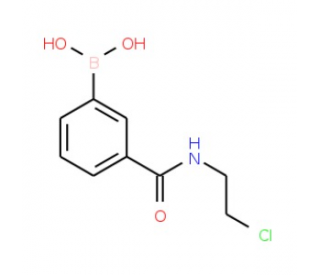详细说明
Purity
>95%, by SDS-PAGE under reducing conditions and visualized by silver stain
Endotoxin Level
<1.0 EU per 1 μg of the protein by the LAL method.
Activity
Measured by its binding ability in a functional ELISA.
When rhRAGE/Fc Chimera (Catalog # 1145-RG) is coated at 2 μg/mL (100 μL/well), rhS100A12 binds with an apparent KD <30 nM.
This protein also enhances integrin activation on neutrophils as measured by flow cytometric analysis using beta 2 integrin activation reporter antibody mAb 24.
Optimal dilutions should be determined by each laboratory for each application.
Source
E. coli-derived Met1-Glu92
Accession #
N-terminal Sequence
AnalysisMet1
Predicted Molecular Mass
10.6 kDa
SDS-PAGE
8 kDa, reducing condtions
1052-ER |
| |
Formulation Lyophilized from a 0.2 μm filtered solution in PBS. | ||
Reconstitution Reconstitute at 200 μg/mL in PBS. | ||
Shipping The product is shipped at ambient temperature. Upon receipt, store it immediately at the temperature recommended below. | ||
Stability & Storage: Use a manual defrost freezer and avoid repeated freeze-thaw cycles.
|
Background: EN-RAGE/S100A12
EN-RAGE, also known as S100A12 and Calgranulin C, is a 10 kDa member of the S100 (soluble in 100% saturated ammonium sulfate) family of EF-hand calcium-binding proteins. Like other S100 proteins, S100A12 is small and generally acidic (1 - 3). EN-RAGE forms noncovalent homodimers in the absence of divalent cations (4 - 6); calcium and zinc promote the formation of higher order assemblies including tetramers and hexamers (4, 7, 8). The ability of S100A12 to chelate zinc enables it to inhibit the zinc-dependent metalloproteases MMP-2, -3, and -9 (8). S100A12 also forms heterodimers with S100A9 and binds to RAGE (Receptor for Advanced Glycation End-products), Annexin V, and several cytosolic enzymes involved in energy metabolism (9, 10). The hexameric form of EN-RAGE in particular binds RAGE with high affinity (7). EN-RAGE induces a variety of inflammatory responses including the in vivo recruitment of neutrophils, monocytes, and mast cells and the activation of mast cells and vascular endothelial cells (9, 11 - 14). EN-RAGE is found at elevated levels under inflammatory conditions such as asthma, gout, rheumatoid arthritis synovial fluid, and atherosclerosis (8, 12, 14). S100A12 also promotes neurite outgrowth in isolated hippocampal neurons (15). An ortholog of S100A12 has not been identified in rodents, but the human protein is functional in mice and rats (11 - 16).
References:
Santamaria-Kisiel, L. et al. (2006) Biochem. J. 396:201.
Leclerc, E. et al. (2009) Biochim. Biophys. Acta 1793:993.
Wicki, R. et al. (1996) Cell Calcium 20:459.
Moroz, O.V. et al. (2009) BMC Biochem. 10:11.
Miranda, L.P. et al. (2001) FEBS Lett. 488:85.
Vogl, T. et al. (1999) J. Biol. Chem. 274:25291.
Xie, J. et al. (2007) J. Biol. Chem. 282:4218.
Goyette, J. et al. (2009) J. Immunol. 183:593.
Hatakeyama, T. et al. (2004) Eur. J. Biochem. 271:3765.
Hofmann, M.A. et al. (1999) Cell 97:889.
Yang, Z. et al. (2001) J. Leukoc. Biol. 69:986.
Rouleau, P. et al. (2003) Clin. Immunol. 107:46.
Yan, W.X. et al. (2008) J. Biol. Chem. 283:13035.
Yang, Z. et al. (2007) J. Allergy Clin. Immunol. 119:106.
Mikkelsen, S.E. et al. (2001) J. Neurochem. 79:767.
Fuellen, G. et al. (2004) OMICS 8:334.
Long Name:
Extracellular Newly Identified RAGE-binding Protein
Entrez Gene IDs:
6283 (Human)
Alternate Names:
CAAF1; CAAF1Neutrophil S100 protein; CAAFI; CAGC; CAGCS100 calcium binding protein A12 (calgranulin C); CAGCS100; Calcium-binding protein in amniotic fluid 1; Calgranulin C; calgranulin-C; CGRPEN-RAGE; ENRAGE; EN-RAGE; Extracellular newly identified RAGE-binding protein; MRP6; p6calgranulin C; protein S100-A12; S100 calcium binding protein A12; S100 calcium-binding protein A12 (calgranulin C); S100 calcium-binding protein A12; S100A12










 粤公网安备44196802000105号
粤公网安备44196802000105号